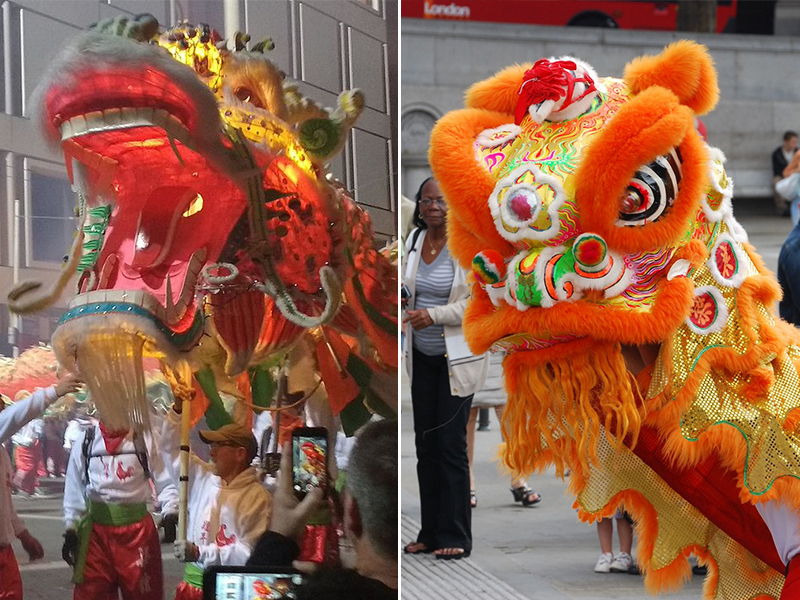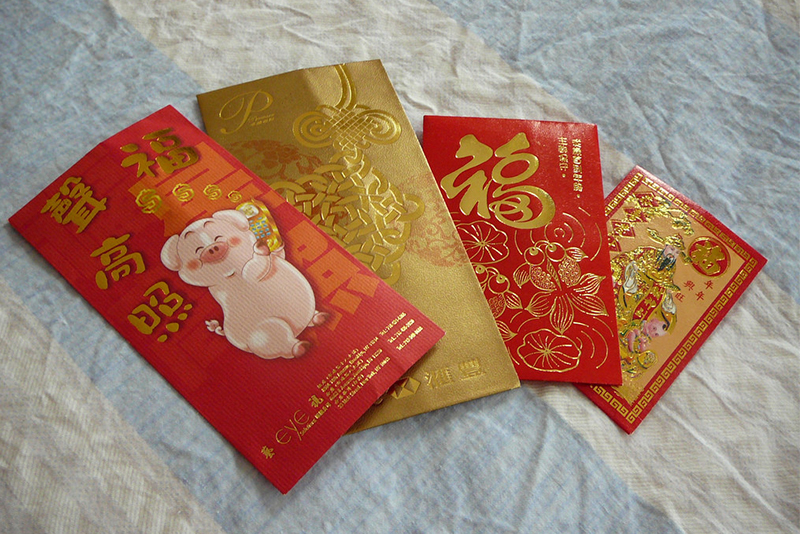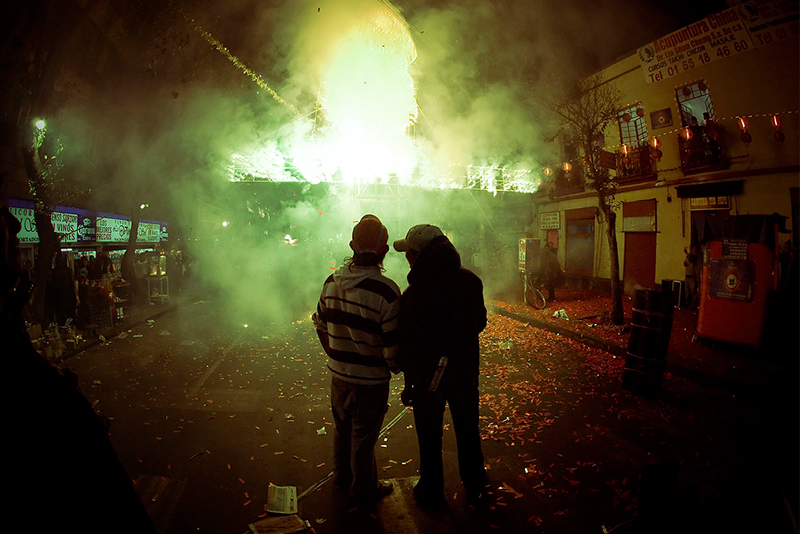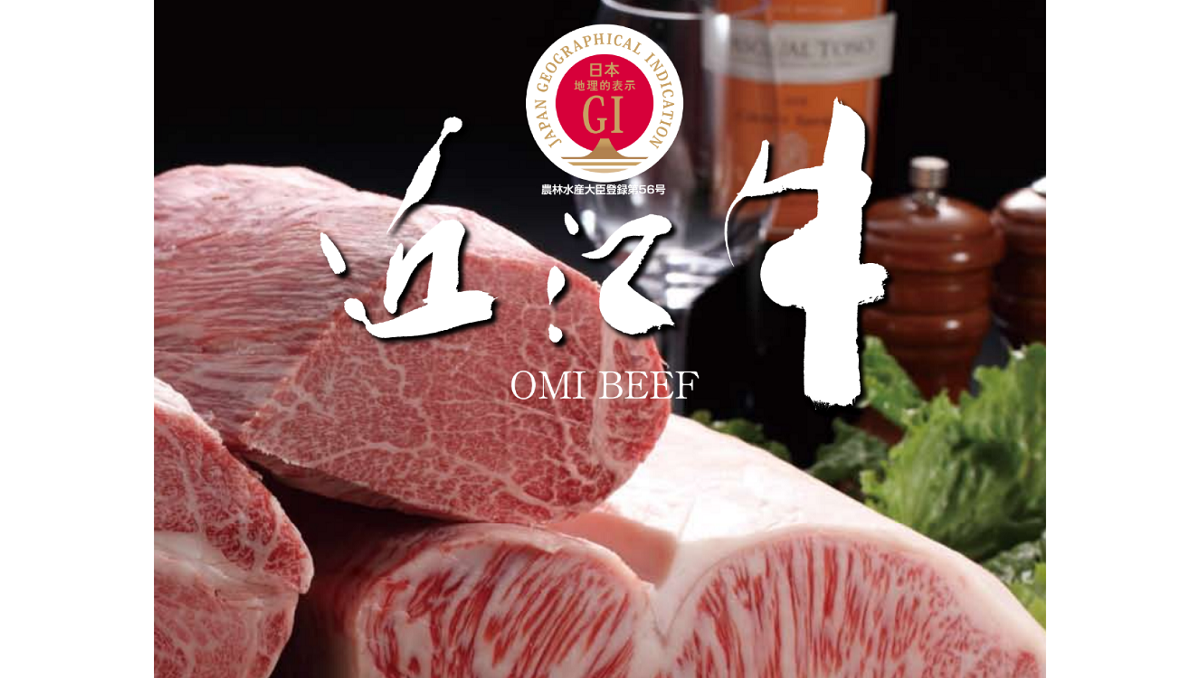Chinese New Year Traditions in the Philippines
Updated as of Jan. 28, 2022.
Every year, the Chinese and Filipino-Chinese community in the country celebrates the Chinese New Year. Also known as Lunar New Year and Spring Festival in Mainland China, this is an important festival which marks the turn of the Chinese lunisolar calendar.
Although the celebrations in the Philippines aren’t as long as those in Mainland China, the day is marked as a special non-working holiday to respect and let the Chinese communities observe their traditions and celebrate.
Also read: How the Chinese New Year is Celebrated in the Philippines
Here are some of the traditions people in the Philippines observe to show their participation in this festive event:
Dragon/Lion Dance
Accompanied by the loud banging of the drums, the streets of Binondo (the country’s primary Chinatown) would be occupied with dragon and lion dancers moving animatedly from one house and business to another. As they do so, they also pick the red envelope hanging on the entrance of the houses and establishments.
Dragons and Lions can be identified by looking at how long its body is. Dragons have a longer body and are controlled by 8 to 10 people, while the Lions only have 4 legs and controlled by two persons.
Also read: How to Spend a Day at Lucky Chinatown in Binondo
 Dragon (left) and Lion (right) Dances are both regarded as auspicious in Chinese culture/IMAGES from WikiCommons
Dragon (left) and Lion (right) Dances are both regarded as auspicious in Chinese culture/IMAGES from WikiCommons
Red Envelopes
Called the iai see in Cantonese, âng-pau in Hokkien or hóngbāo in Mandarin, the red envelopes are monetary gifts given on holidays or special occasions. The red color and symbols on the envelope are said to bring in good luck as well as ward off evil spirits.
Take note that you cannot put in any amount in the red envelopes. It is recommended to give amounts in even numbers as odd numbers are associated in cash given during funerals. As a courtesy, it is also best to use new bills.
 The ang pau come in different designs and are usually ornated in symbols to mean many things/IMAGE taken from Flickr
The ang pau come in different designs and are usually ornated in symbols to mean many things/IMAGE taken from Flickr
Red
In the Chinese tradition, the color red is a symbol of energy, happiness, and good luck. This is why during the Lunar New Year, it would be usual to see everyone wearing red, and bringing with them accessories that have a touch of red. The color can also be seen in the various decorations at home and in establishments.
New Year’s Eve Dinner
This is the Chinese’ most important dinner as it is also the event where every member of the family reunites and dines together. Fish is most commonly served during this dinner, as it symbolizes surplus and good fortune in their culture.
Tikoy which literally translates to “year cake” is also served to symbolize unity among family members and for them to achieve greater heights in the coming year. They also serve dumplings as its shape resembles the Chinese currency and symbolizes good fortune.
Also read: Chinatown Food Finds: A Guide to Chinese Restaurants in Binondo
Fireworks and Firecrackers
Just like the rest of the world, the Chinese light up firecrackers and fireworks as they believe that this will ward off bad luck and the evil spirits. The louder the firecrackers are, the better and luckier it is in the coming year.
The fireworks also show the people’s celebration in the festivities and their way of starting the new year with a bright and colorful start.
 Other than fireworks, street firecrackers that are loud and safer/IMAGE from WikiCommons
Other than fireworks, street firecrackers that are loud and safer/IMAGE from WikiCommons
Cleaning and Paying Off Debts
The Chinese would clean their homes a few days before New Year to remove the bad luck and welcome the good fortune brought by the new year. They also start to pay off their debts as a means to start fresh and anew as the year begins.
If you are interested in joining the Filipino-Chinese festivities, the location is at Ongpin Street, Chinatown which runs through Binondo and Sta. Cruz in Manila.
Also read: Chinatown: A Hub of History and Culinary Adventure
Sources: Asia Tatler, China Highlights, chinesenewyears.info













